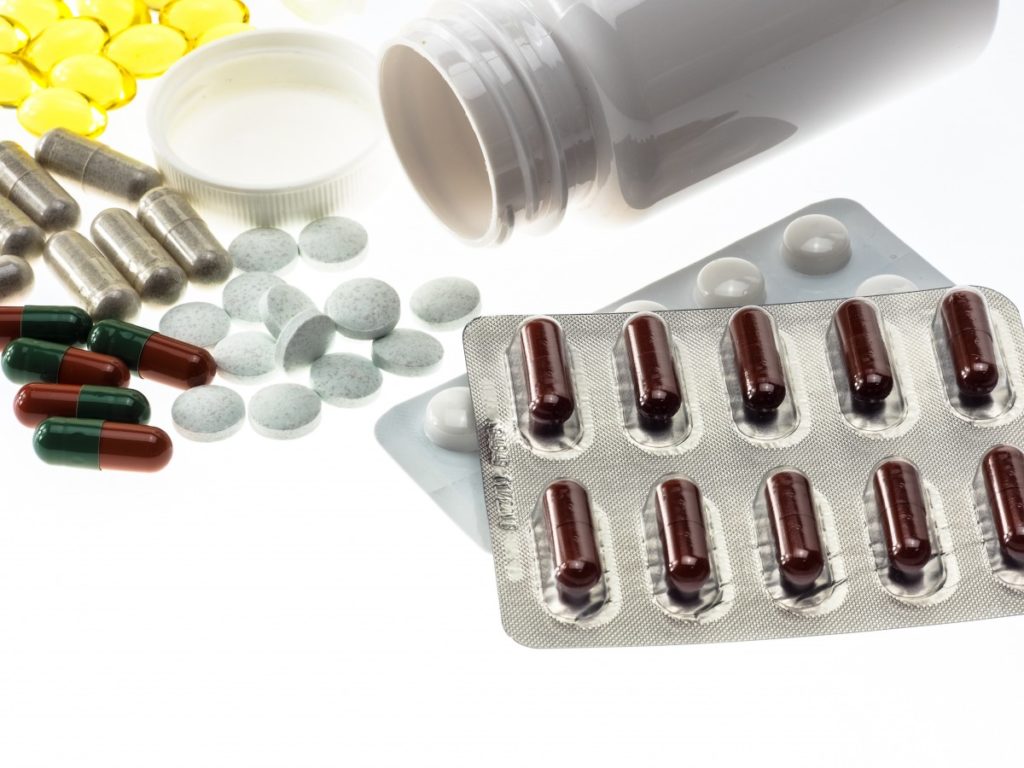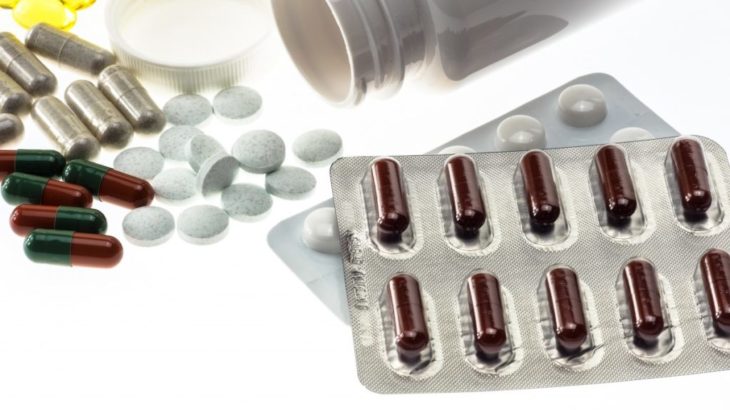Most industries have their own jargon. To those on the outside looking in, listening to a group of industry coworkers talking about the particulars of what they do can sound like a foreign language. There are certain terms that simply seem like gibberish, others that sound like they came from a can of alphabet soup, and still others that are familiar but are used in a context that you have never heard before.

The pharmaceutical industry is no exception to this. In fact, it is an industry that has as much, if not more, jargon than most other industries. To help understand some of the common terms used in the industry, we’re going to explain the meaning behind some pharma terms people may not be familiar with. Here are eight important pharma terms and what they mean.
1. AMP
This stands for the average manufacturer price. This is the average price it costs retail establishments such as pharmacies to purchase a drug. It takes into account what the manufacturer charges as well as any rebates or discounts that the retail outlet gets.
The AMP is important because it is used by Medicaid to determine rebates for drugs. This number is not available to the general public. It is an internal industry number used for Medicaid purposes.
2. Biologic
This and the next terms are ones that people outside of the pharma industry often confuse or conflate, although they refer to two completely different things. A biologic is a drug that is produced using one or more living (biological) organisms. You may also hear these called “large molecule” drugs. They are generally not taken by a patient but instead, administered by a professional, often by injection.
One of the most common characteristics of these drugs is that they have to be stored at cold or even subzero temperatures to keep them safe and effective until it is given to a patient. This is why the cold chain is so important in the pharma industry.
3. Biosimilar
Once the original patent on a biologic runs out, competitors in the pharmaceutical industry will be able to make a product using the same biological components to create a version of the drug. These drugs are called biosimilar.
This is because, while they are used as alternatives to the original drugs, the biological makeup of the two drugs is not the same. Biosimilar drugs can give patients a cheaper alternative to the brand name originators. These are different from generic drugs which are identical copies of other drugs.
4. GPO
This is an acronym for group purchasing organizations. A GPO is a group that represents a larger group of drug buyers that purchase medications at a lower price by buying in higher quantities. They generally represent hospitals, health systems, or pharmacy chains.
They negotiate with their constituents to see how much they need, then negotiate a range of discounts with wholesalers.The wholesalers often include the manufacturer as well when dealing with GPOs. They may provide up-front price reductions, on-invoice discounts, back-end rebates, or a combination of the three.
5. IQ OQ PQ
IQ OQ PQ are three separate acronyms that stand for installation qualification (IQ), operational qualification (OQ), and performance qualification (PQ). These are all part of a quality assurance process for the machinery used in the pharma industry to produce the drugs.
When the pharma company gets a new piece of machinery, they perform IQ. This is a process by which they make sure it is the right machine and that the machine is configured properly. OQ is the next step where conditions are simulated to verify the machine works correctly. Then, PQ runs the machine under extreme conditions to establish the boundaries for the machine. If you want a deeper look at IQ OQ PQ, Dickson has an in-depth look.
6. NDC
This stands for National Drug Code. The Drug Listing Act of 1972 says that all pharma companies must “provide the Food and Drug Administration (FDA) with a current list of all drugs manufactured, prepared, propagated, compounded, or processed by it for commercial distribution,” according to the FDA.
These drugs are then assigned a unique numeric code that is used to identify each drug. The code is broken into three distinct parts. One section tells the FDA and others familiar with the NDC who labeled the product, what the product is, and who packaged the product. The NDC is crucial in tracking what drugs are out there, where they are going, and how they are being used.
7. Pharmacodynamics
Another pair of pharma terms that are often confused is pharmacodynamics and pharmacokinetics. While these are both terms used to describe the study of how pharmaceutical drugs work, they are different fields that examine different aspects of how meds function.
Pharmacodynamics is the study of how a drug works in the body. It takes into account both the physiological and biochemical reactions that the drug causes. It can help tell scientists and doctors how the drug will fight disease and what, if any, side effects it may have.
8. Pharmacokinetics
Whereas pharmacodynamics studies what happens with drugs in the body, pharmacokinetics studies the “how” behind pharmaceuticals in the system. This field looks at the way a drug moves through the body. This includes things like how fast it is absorbed, how it is distributed throughout the body, and which areas it goes to.
This study is less about side effects and more about finding out how a drug works to understand how much should be used and when it should be used. Pharmacokinetics helps physicians and pharmacists prescribe the right doses to patients and the best intervals to take them in.
Conclusion
The terminology used by the pharma industry can be difficult to understand to the layperson. That said, if you or someone you love takes any kind of pharmaceutical drug, it is good to know a little more about what people in the industry are talking about when they use industry jargon.
Hopefully, this list will give you a little more insight into exactly what they are saying.









